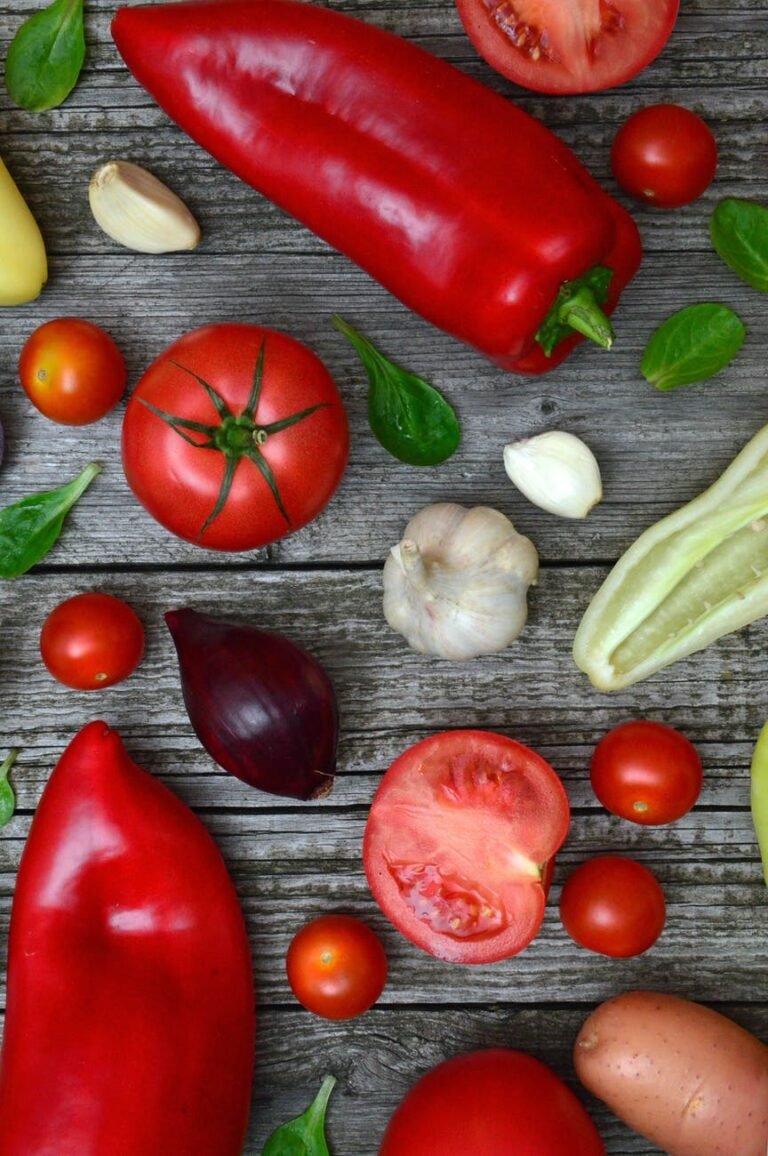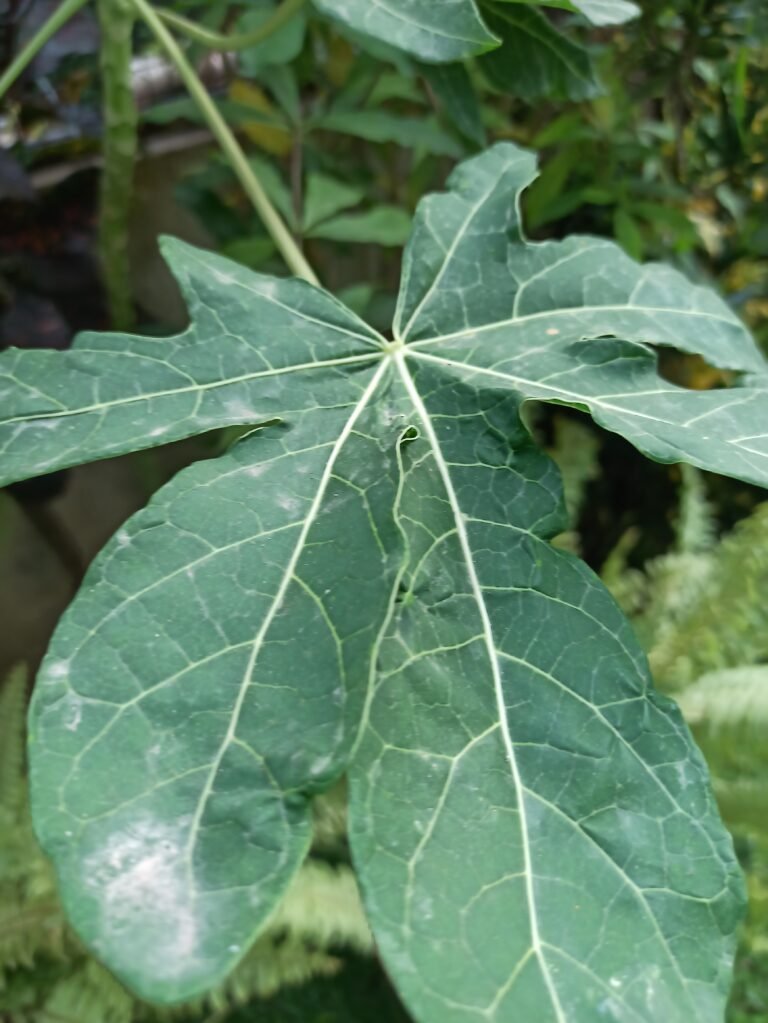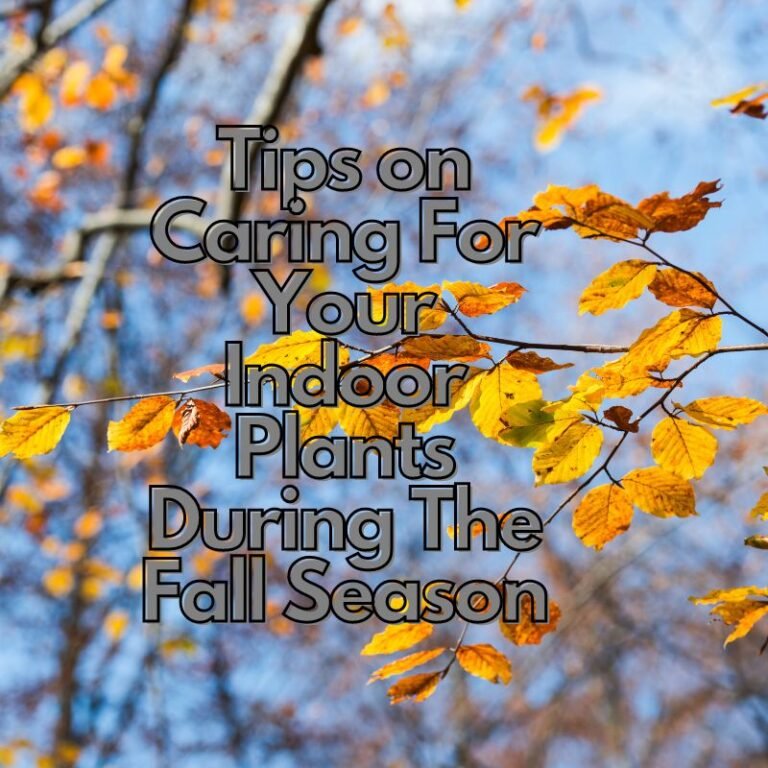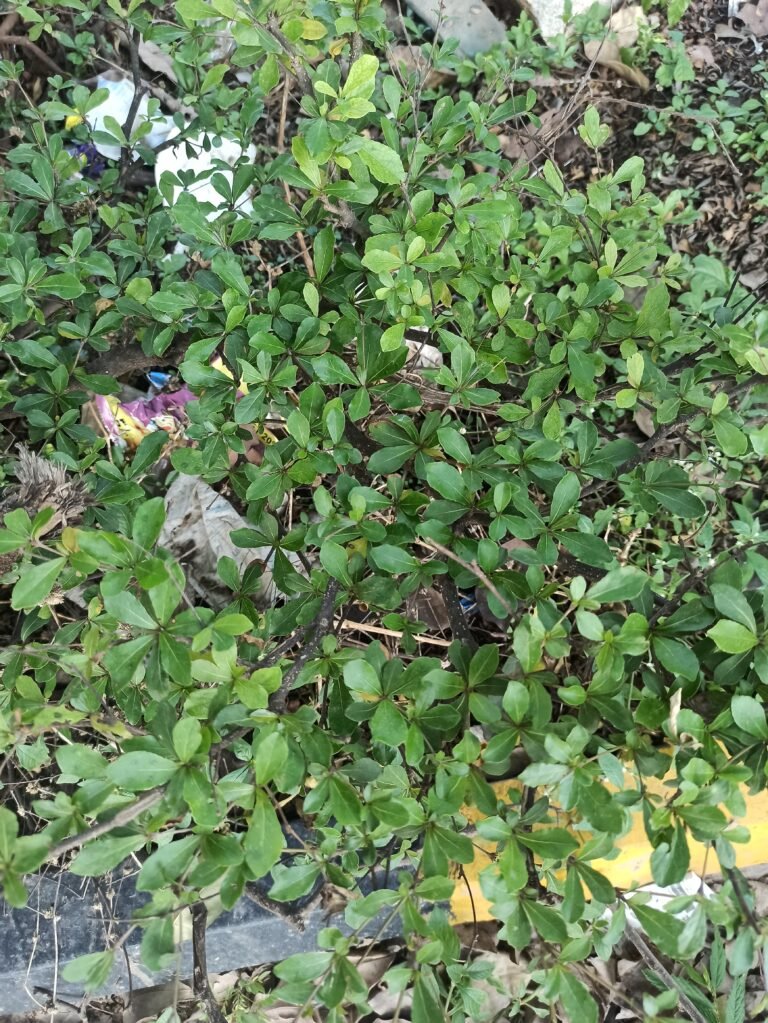prune tomato plants
Are you growing tomatoes in your garden? Whether you’re an experienced gardener or just starting out, chances are that at some point you’ll need to prune tomato plants. Knowing when and how to prune your tomato plants will help ensure that they keep producing healthy, ripe fruit right up until the first frost hits.

1) Indeterminate vs Determinate Tomatoes
It’s a common misconception that tomatoes should be pruned, but pruning tomato plants are most helpful for indeterminate tomato varieties. If you want a smaller plant that produces a large amount of fruit, grow determinate tomatoes. Determinate plants stop growing once they reach a certain height (usually 4–5 feet) and start producing flowers. By contrast, indeterminate plants continue to grow taller and produce fruit until killed by frost. Because most gardeners don’t have space for enormous tomato plants, they tend to plant determinate varieties; however, there are some indeterminates that stay small (like Tiny Tim).
2) What Is Pruning
Before we get into how and when you should prune tomato plants, it’s helpful to understand what pruning actually is. To put it simply, pruning is a technique for cutting and removing parts of a plant. It’s often used in commercial farming and orchards because these techniques help control growth and remove excess branches that can weigh down branches near fruit-bearing ones.
3) How Can I Identify if My Tomato Plant Needs To Be Pruned
Too much growth can cause a tomato plant to be susceptible to disease and breakage from heavy fruit. If you’re not sure whether your tomato needs pruning, start by looking at its leaves. The size of a leaf will depend on how big your plant is—the more sunlight your plant gets, the bigger its leaves will grow. If your plant is too large, any given leaf may block light from reaching other leaves and impede photosynthesis.
4) How To Stop Overgrowth on Indeterminate Tomatoes
Indeterminate tomatoes are large plants that continue to grow taller and produce fruit until killed by frost. Determinate, or bush tomatoes, tend to be smaller and more manageable. Both types of tomato plants can benefit from pruning—if done correctly. Overgrown indeterminate tomato plants are much harder to maintain, as they require you cut off large leaves throughout their growth cycle in order for fruit production.
Which leaves to remove on tomato plants?
Tomatoes, like most other plants, benefit from a little pruning. Excess leaves shade fruit and prevent it from getting enough sunlight—although indeterminate varieties, those that continue growing taller and bearing fruit throughout their life cycles, do not require much pruning. The best thing you can do is identify which parts of your plant are hurting it by shading your fruits or taking up too much space—and then remove them accordingly.
What happens if you don’t prune tomatoes?
If you’re not pruning your tomato plants, chances are you’ll have an unruly mess on your hands. This tangled mess will hinder your ability to harvest easily and maximize the production of tomatoes. Here’s what happens if you don’t prune your tomato plants.
Does pruning tomato plants increase yield?
For most gardeners, tomatoes are a favorite crop. However, getting fruit can sometimes feel like it’s more trouble than it’s worth. After all, you have to go out into your backyard and do things like pruning tomato plants. Why should you have to go through all that work just for some fruit? Well, fortunately, there are ways to boost your harvest so that even if your yield isn’t better, your effort will be rewarded!
What is the best fertilizer for tomatoes?
There are several great fertilizer options for tomatoes, including compost, manure, blood meal, and fish emulsion. But which one is best for your garden depends on your climate and soil conditions. Read more about fertilizing tomatoes at The Old Farmer’s Almanac. Fertilizers applied late in summer will encourage the early ripening of fall crops.
When should I start pruning my tomato plants?
The best time to prune tomato plants is when they begin flowering. They start out small but eventually grow into sprawling vines that climb up trellises and windowsills. When you’re growing indeterminate varieties, pruning them at their first signs of growth will help limit their size and give you more control over where they end up in your garden or on your porch. If your tomato plant begins producing fruit before it starts flowering, don’t worry—the flowers will still appear. Just make sure you don’t prune until after there are plenty of blooms present.
Discover more from Gardening with Ecorganicas: Your Source for Organic Gardening Tips
Subscribe to get the latest posts sent to your email.








